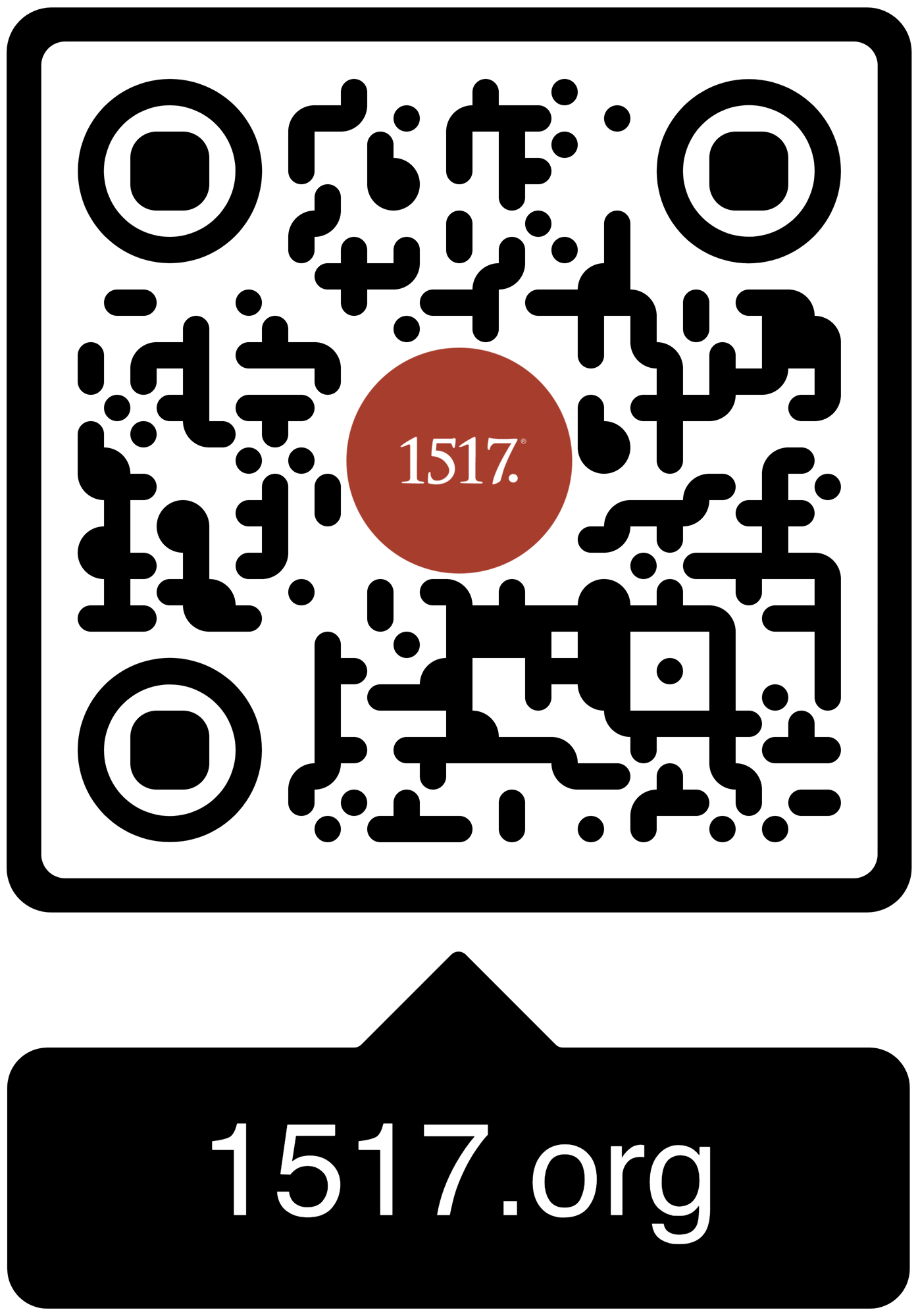Perhaps God always intended for Bucer to use his unique skill set to unite people, acting as a bridge between movements centered on the recovery of the gospel.
When evaluating the Protestant Reformation, some theologians are easy to categorize. Martin Luther, Philip Melanchthon, and Martin Chemnitz belong to the Lutheran movement. Ulrich Zwingli, John Calvin, and John Knox helped create the Reformed movement. Thomas Cranmer was a dominant figure in what would become Anglicanism. Then there is an odd figure who doesn’t seem to fit in any of the available boxes, or maybe he fits in all of them: Martin Bucer.
A native of the Alsace region along the Rhine River, Bucer began his career as a member of the Dominican Order. This ensured his initial theological influence was the order’s most famous son, Thomas Aquinas. But during his education at the University of Heidelberg, Bucer embraced the teachings and methods of the humanist movement, which called for a recovery of ancient wisdom that could transform society for the better. In 1518, Bucer’s theological views took another turn when he attended the famed Heidelberg Disputation and met Martin Luther in person. From that moment, Bucer was won to the cause of church reform, seeing it as a natural progression from the work of recovery advocated by humanists like Desiderius Erasmus.
Over the next few years, Bucer’s departure from the Dominican Order was expedited, he married the former nun Elisabeth Silbereisen, and the bishop of Speyer excommunicated him. Fortunately for Bucer, he found refuge in the free imperial city of Strasbourg, where his citizenship and the protection of the city council allowed him to operate for the next twenty-five years. There, he joined with fellow reformers Matthew Zell, Wolfgang Capito, and Caspar Hedio to reform the parish churches in line with evangelical theology.
Let’s examine why someone might classify Bucer with the Lutheran, Reformed, or Anglican movements, respectively.
Was He Lutheran?
Bucer’s friendship with Luther began in 1518 and continued until the latter’s death, though there were rocky periods along the way. The two men agreed on the nature of God’s work in salvation, the role of Scripture as the supreme authority for Christians, and the use of a vernacular liturgy with new German-language hymns. They rejected prayers to saints, the veneration of images and relics, the doctrine of purgatory, and monastic vows.
Bucer had an even closer relationship with Philip Melanchthon, with whom he shared a similar personality and mindset. Over the course of three decades, the two attended many meetings together, attempting to find accord with one another and the imperial authorities. Bucer encouraged some of the southern German churches to adopt the Augsburg Confession, and he traveled to Wittenberg in person, where he signed the Wittenberg Concord concerning the nature of the Lord’s Supper, along with Luther and Melanchthon. Bucer also worked with the Lutheran prince Philip of Hesse on reforms for that territory, including a new liturgical text.
Was He Reformed?
However, Bucer disagreed with Luther enough that while he did not publicly criticize Luther, Luther sometimes criticized him. The most substantial area of disagreement was the Lord’s Supper. By the late 1520s, Bucer came to accept the view of Ulrich Zwingli that while Christ is truly present in the Supper, his body and blood are communicated to believers spiritually. He also believed that only those who are united to Christ by faith receive the body and blood when they partake of the elements.
Bucer disagreed with Luther enough that while he did not publicly criticize Luther, Luther sometimes criticized him.
Luther rejected this view utterly, insisting that Christ is present in, with, and under the elements of bread and wine. Furthermore, Luther stated that even the unfaithful feed upon Christ in the Supper, though to their own condemnation. These differences prevented Bucer from signing on to the Augsburg Confession. He instead drafted his own Tetrapolitan Confession, which, as the name suggests, was accepted by Strasbourg and three other cities.
But Bucer was not vehement in his opposition and always sought concord. As previously mentioned, he encouraged other cities to adopt the Augsburg Confession if necessary, and his own confession was essentially the same on every article except the Lord’s Supper. At the Marburg Colloquy, Bucer extended the hand of fellowship to Luther, but was refused. It was only in Bucer’s visit to Wittenberg that the two theologians reached an accord, accepting that the unworthy receive Christ’s body and blood, but not addressing unbelievers. They also used the language of a real presence of Christ without defining it metaphysically.
Bucer played a role in the Reformed movement not only by his relationship with Zwingli and the Swiss churches—whom he helped craft the First Helvetic Confession—but also in providing shelter to John Calvin in the early days of that reformer’s career. Like Calvin and Zwingli, Bucer had a greater concern for the reform of society than those in the Lutheran movement. He believed the gospel was certainly the source of positive change, but went further than Luther in encouraging personal piety. Nevertheless, Bucer did not proceed as far as the Genevans in attempting to create a perfect city and is often thought to represent a “middle” or “third way” in this area.
Was He Anglican?
After the death of Martin Luther in 1546, Protestant forces in Germany were defeated by the forces of Emperor Charles V, who re-imposed many aspects of Catholic worship through an act known as the Augsburg Interim. Bucer was placed under house arrest and suffered enormous pressures until he finally signed the document. Once released, he told the residents of Strasbourg to oppose the Interim and hold strong to their reformed theology. This resulted in Bucer’s expulsion from the city.
However, by this time, the Reformation had taken hold in England, and Thomas Cranmer invited Bucer to emigrate there and help institute reforms. This Bucer did, becoming a professor at the University of Cambridge. He advised Cranmer on how to reform the Book of Common Prayer in line with the liturgical changes in Strasbourg. He even met directly with King Edward VI. Through this final episode in Bucer’s life, he influenced the development of Anglicanism. He died at the age of 59 and was buried on English soil.
Under the reign of the Catholic Queen Mary I, Bucer was declared a heretic. His remains were exhumed and burned, along with his books. However, when the Protestant Queen Elizabeth I took over, she rehabilitated Bucer. He remains greatly respected among Anglicans today.
So, What Was He Anyway?
Bucer is usually portrayed as an ecumenicist and pragmatist who traveled extensively in his attempts to bring concord to divergent groups of Protestant theologians. He even attempted compromise with Roman Catholics at times, believing (wrongly, as it turned out) that Catholics in Germany might embrace the evangelical understanding of justification by faith alone, and a united German church separate from Rome could be created. For these efforts, Bucer has often been dismissed both in his own time and ours as a man with no real doctrine.
However, a closer examination of Bucer’s career reveals that he had theological beliefs that he was willing to defend. He simply felt that a united Church could tolerate some disagreement on secondary matters, such as liturgical forms or the exact metaphysics of the Lord’s Supper. Perhaps God always intended for Bucer to use his unique skill set to unite people, acting as a bridge between movements centered on the recovery of the gospel.
Though each person will reach their own conclusions, no one can deny that Bucer made important contributions to Lutheranism, Anglicanism, and Reformed Christianity, providing friendship and encouragement to others during difficult times. His career is therefore worthy of further study.





